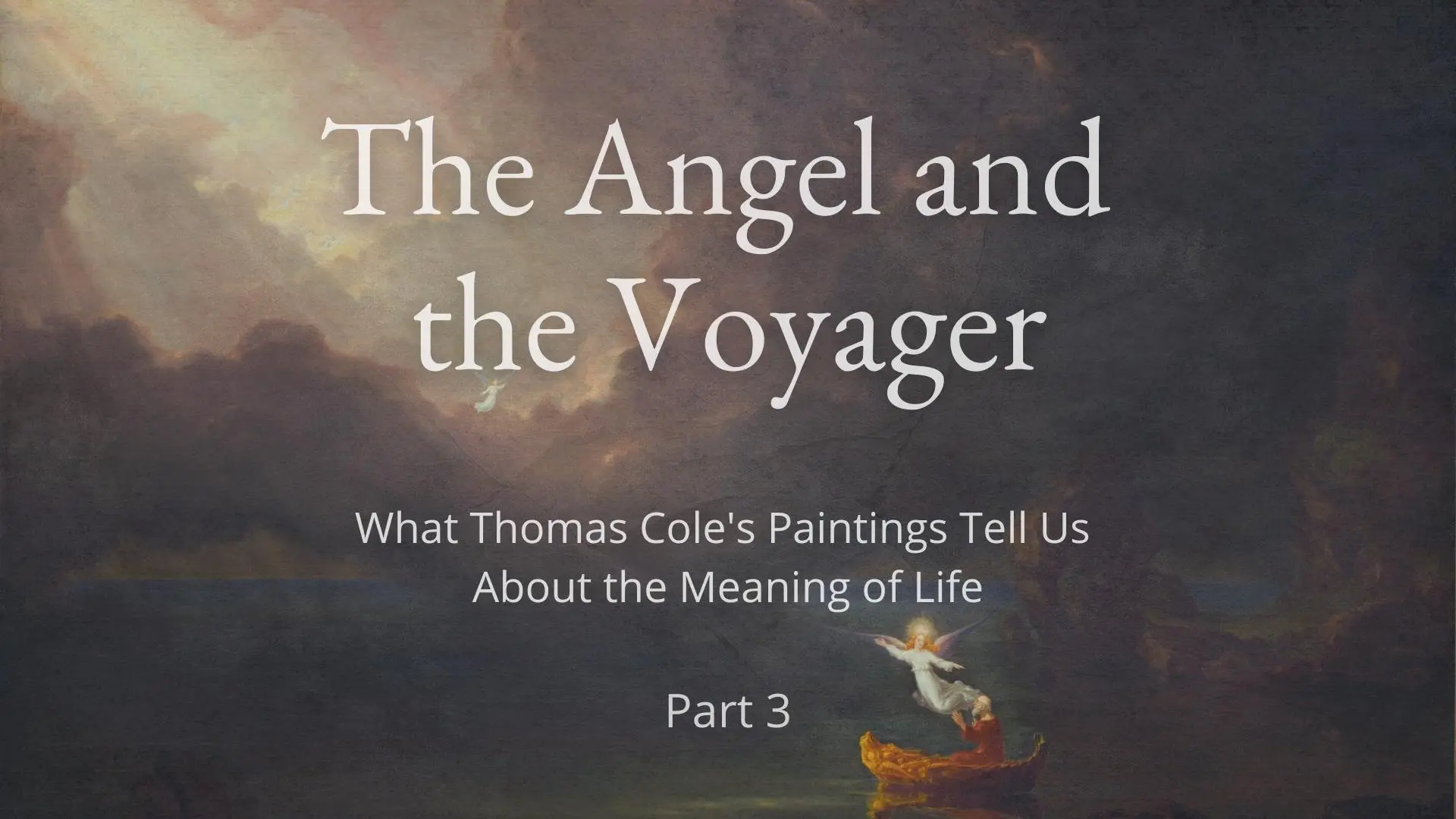Through the allegorical series of paintings, The Voyage of Life and The Course of Empire, Thomas Cole communicates universal truths about the human condition with artistic brilliance. Just as The Voyage of Life reveals the cyclical nature of life (birth, growth, decay, and death), The Course of Empires demonstrates how nations rise and fall as they appear, mature, and eventually collapse.
Everything Passes Away
Cole’s paintings remind the observer of our youthful imaginings of the world as full of radiance, magnificence, and full of possibility. They further remind us of the reality of the world we live in—how the goodness and wonder of this world eventually gives way to destruction and decay. Despite our efforts to appropriate the beauty of the natural world into useful artifacts of our own making, everything passes away. One is prompted to ask whether there is permanence to anything. Does anything last? Is there anything beautiful, true, and good that endures? Or are despair, destruction, and death the end of all things?
Our True Country
In the end, our perspectives on life will either terminate in hope or despair. If in fact the inner longings of our hearts, the longings for permanence and everlasting joy, are nothing more than childlike beliefs with no actual corresponding object of desire, then only despair and death remain for us. However, if we can’t find the object of this longing because it is not of this world but of another, then there is hope. Life without the other side of the grave is meaningless. If this life is not the whole story, but is actually part of a greater story that never ends, then our earthbound journey takes on a whole new significance. As the author of Hebrews writes, those who died in faith welcomed the promises of God from a distance and desired
a better country, that is, a heavenly one. Therefore God is not ashamed to be called their God; for He has prepared a city for them. (Hebrews 11:16)
Just as Cole’s paintings remind us of the seemingly endless cycle of life, they also point to the existential longings of the human heart for permanence and everlasting joy—longings ultimately satisfied not in the things of this world, but in the One for whom we are made.
Missed a part of this series? Catch up by clicking here.
For further study, consider viewing Ken’s Voyage of Life series.



